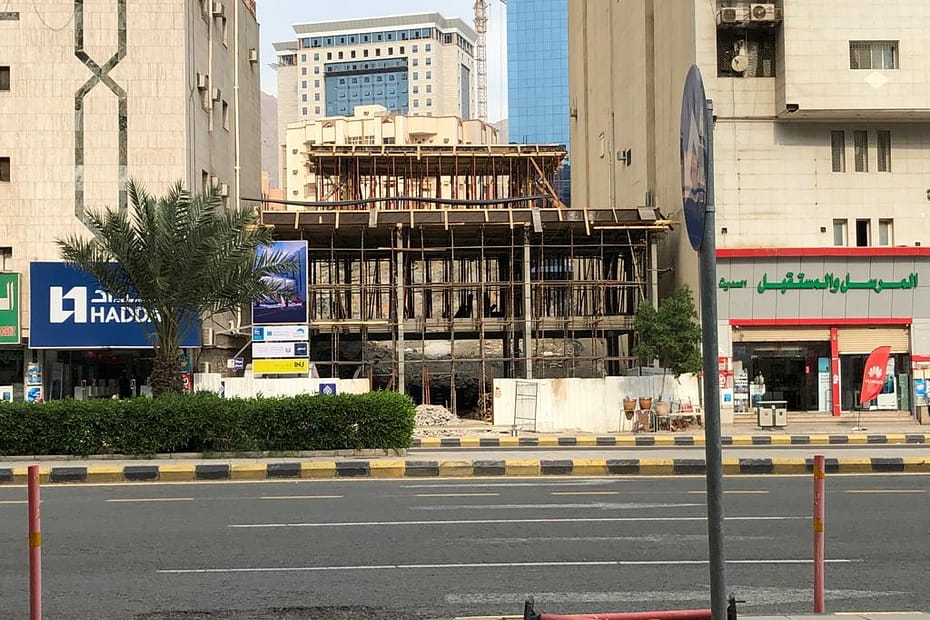Five Trends Changing the Field of Architecture
The construction sector is still expanding. Current events frequently inspire fresh design concepts. Architectural trends are continually changing along with changes in technology and consumer preferences. Keeping up with them will enable you to please your customers. Here are Five Trends Changing the Field of Architecture to keep an eye out for.
Artificial Intelligence (AI) Is Growing
AI is a new technology that is employed in sectors like banking and healthcare. Architecture is just starting to gain popularity. The phrase “Computer Architect” describes the engineering behind systems and programs. It makes use of an algorithm-based computer to process complex data in its construction. The knowledge then offers in-depth answers to problems in the built environment.
As a result of fewer participants, this procedure is more effective. It can be used to create urban areas and transportation systems. You may learn about significant aspects, such as sunlight conditions, using these simulations. The new systems not only specify function but also customer lifestyle preferences. You can create more durable and clever designs as a result.
Virtual reality is another emerging concept, along with AI. The experience is more vivid with a virtual relay. It can be used by architects, for instance, to discuss design concepts with clients. They will be able to envision the room’s final appearance more clearly in this way.
Additionally, it enables designers to test out various concepts and assess how well they fit the available area. In the future, it might be routine practice to present project designs using virtual reality. Additionally, this process will become more interactive as technology develops.
Making Use of Old Spaces
Repurposing and restoring old buildings is a common trend. Conserving space and resources also benefits the environment. Additionally, it avoids wasting energy on the manufacture and delivery of fresh materials. Properties accounted for around 28% of end-use energy consumption in the US in 2021.
Old structures that are preserved retain their charm while incorporating modern design and technological advances. For instance, restaurants often refurbish movie theaters as well as workplaces and industrial sites.
Projects to revitalize the downtown area are another method for repurposing. By using these, old hotels can be converted into residential buildings or old pubs into libraries. This gives the locations a modern spin while preserving their historical significance.
Using cross-laminated wood
Popular building materials include wood. Additionally, it uses no fossil fuels and is sustainable. Cross-laminated wood (CLT) is making the material more noticeable. Large pieces of lumber are glued together to form CLT. They can be utilized in roofing, floorplates, and beams. Better compression and tension strength is made possible by the use of natural fibers.
Here are some advantages of the content:
quicker installation and simpler onsite delivery
a more orderly and dry construction site
affordable foundation
Building with wood that resists fire
high thermal efficiency
Even wood is becoming more durable and functional thanks to technology. Portland, Oregon, is one city that is setting the CLT trend. The nation’s first wooden skyscraper was constructed there.
Climate-change-reduction-focused designs
Concern over climate change is on the rise. In actuality, since 1880, the Earth’s temperature has increased by 0.14° F per ten years. Contractors are working to create strategies to combat this problem because of this. Large amounts of energy are used by buildings. Burning fossil fuels to create new materials is a part of the construction process. The effects of climate change are then exacerbated by the air pollution caused by fossil fuels.
Architects are approaching the issue in a variety of ways. This involves reducing carbon emissions, having access to public transit, and making wise product choices. Contractors are trying to choose construction materials more carefully, choosing low-carbon options like rubber or bamboo. To cut carbon emissions, some builders are turning to renewable energy sources. Geothermal pumps and solar panels are two examples.
Here are some additional methods for developing energy-efficient buildings:
Insulate your home.
Close up window and door cracks.
Install items with the Energy Star label.
Include LED bulbs.
Make use of tankless water heaters.
Making Architects Feel More Connected
Several tasks must be completed to become a builder. You must complete the necessary coursework and pass the required exams. This contributes to ensuring individuals’ safety within their residences and commercial structures. However, the job path can occasionally feel lonely.
The Young Architect platform brings together young professionals who are seeking support because of this. The objective is to establish a space for education and cooperation. Moreover, The website intends to assist you in passing the Architect Registration Examination (ARE), developing financial stability, and making connections with colleagues.
You can also join online groups dedicated to exchanging projects or business knowledge. These might be more practical given your hectic schedule. Depending on your area of competence, there are several.
Changes in the Architectural Industry
The focus of the building sector has changed as a result of technological advancement and environmental issues. In today’s society, it is common to construct eco-friendly and efficient homes. In their new designs, contractors use cutting-edge systems and lower carbon emissions. Another popular trend involves remodeling old spaces to create something entirely new. So, when planning your next renovation project, think about these ideas.
More on INJ Architects:

